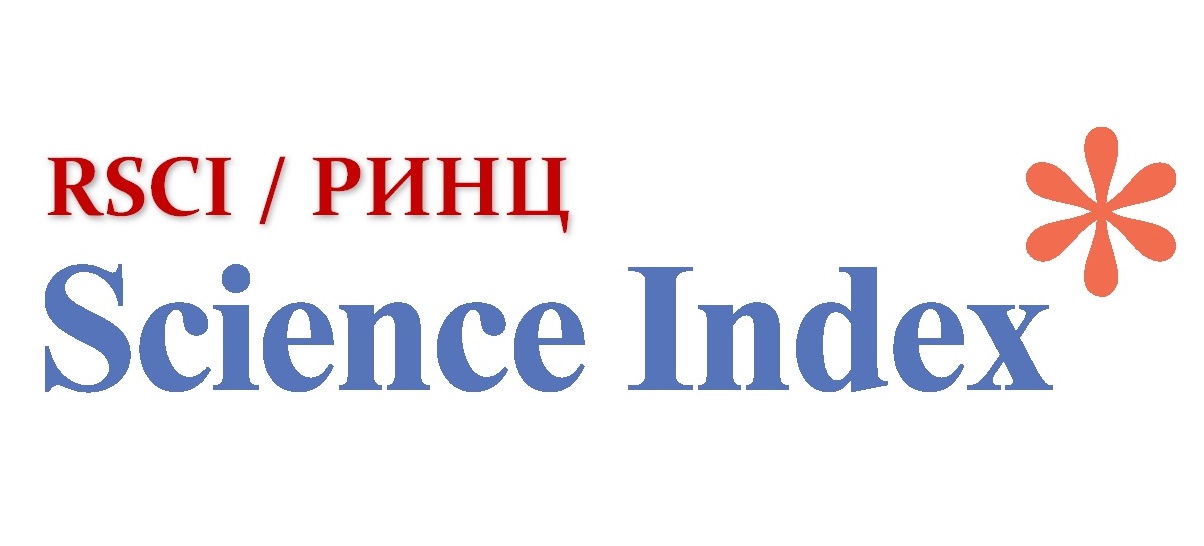Central Asia and B. Buzan’s regional security complex theory
Views: 216 / PDF downloads: 75
DOI:
https://doi.org/10.32523/2616-6887-2025-152-3-28-36Keywords:
security, Central Asia, Buzan’s theory, regional security complex, Kazakhstan, foreign policyAbstract
This article explores regional security and the functioning of related institutions and partnerships in Central Asia through the lens of the regional security complex theory formulated by Barry Buzan in his book “Regions and Powers: The Structure of International Security,” published in 2003. This theory introduces four levels of analysis to conceptualize security constellations, one of which is applied to Central Asia to examine the region’s capacity to establish a coherent security framework. It provides insights into the evolving relationships, power dynamics, and balance of power within the region.
The analysis highlights the leading role of Kazakhstan in fostering political will to drive regional discussions toward achieving consensus on issues of security and stability in Central Asia. Kazakhstan's initiatives are presented as a strategic effort to overcome the region's long-standing challenges in forming security complex-type relations. Such relations are characterized by integrated and cooperative approaches among member states. By promoting dialogue and partnership-based models, Kazakhstan seeks to build a collective security framework where all regional states jointly define and address shared challenges.
This study contributes to understanding the interplay of regional dynamics, the evolving balance of power, and the potential for a unified security structure in Central Asia. It also sheds light on the broader implications for regional stability and the role of cooperative partnerships in international security frameworks.
Downloads
Published
How to Cite
Issue
Section
License
Copyright (c) 2025 Bulletin of the L.N. Gumilyov Eurasian National University. Political Science. Regional Studies. Oriental Studies. Turkology Series.

This work is licensed under a Creative Commons Attribution-NonCommercial-NoDerivatives 4.0 International License.






